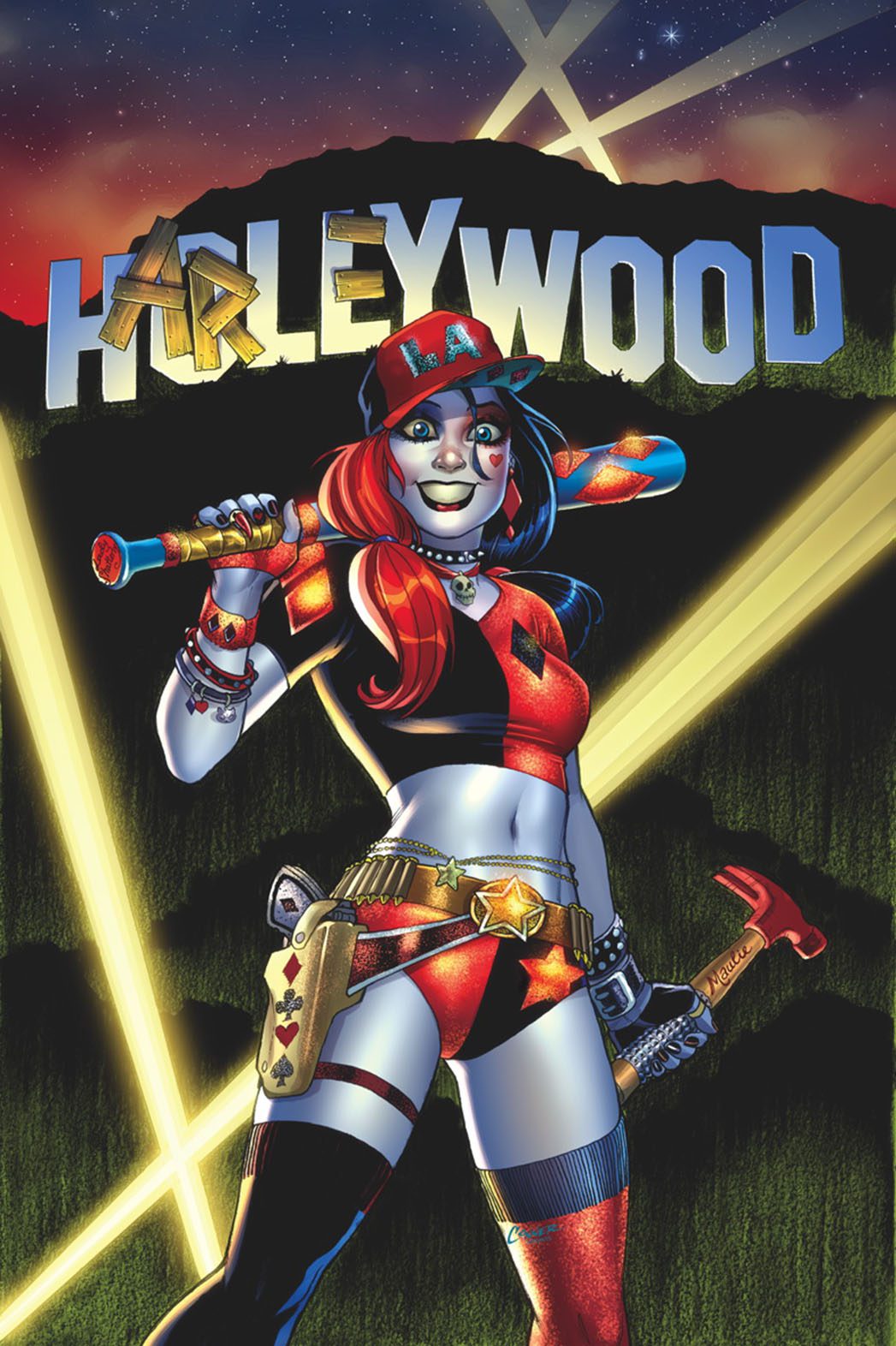Harley Quinn has evolved significantly since her creation in 1992 as the sidekick to the Joker in Batman: The Animated Series. Originally depicted as a victim of domestic abuse, her character development began to change in the early 2000s as writers portrayed her as a fully realized character with her own story to tell. In the 2011 comic book series, Harley Quinn was shown as an antihero struggling to redeem herself for past mistakes. Her popularity has continued to rise and she has become a symbol of female empowerment in popular culture, portrayed by Margot Robbie in the films Suicide Squad and Birds of Prey.
The Evolution of Harley Quinn: From Sidekick to Antihero
Harley Quinn is one of DC Comics’ most popular and endearing characters. She is a character that has undergone significant changes throughout her history, from her creation as a sidekick to the Joker in the 1990s to her current role as an antihero. It is impossible to think about the Batman universe without considering the character of Harley Quinn. In this article, we will discuss the evolution of Harley Quinn’s character from her origins to her current status as an antihero.
Origins of Harley Quinn
Harley Quinn was created as a character for Batman: The Animated Series, which aired in 1992. She was designed as a sidekick to the Joker, who was featured prominently throughout the series. Harley Quinn was created by Paul Dini, who based the character on his college friend, actress Arleen Sorkin. Arleen Sorkin voiced Harley Quinn in the animated series.
The Rise in Popularity
Harley Quinn proved to be a breakout character from her very first appearance in the animated series. Fans were instantly drawn to her fun-loving and playful personality. She quickly became a fan favorite and was soon included in various Batman comic book series. She was also featured in the critically acclaimed graphic novel Batman: Mad Love, which was published in 1994.
Harley Quinn’s Character Development
Throughout the 1990s, Harley Quinn’s character was portrayed as a sidekick to the Joker. She was often seen as a victim of Joker’s abuse and was depicted as being madly in love with him. However, Harley Quinn’s character development started to change in the early 2000s. She began to take on a more independent role and was no longer depicted as being solely under the control of the Joker.
Harley Quinn as an Antihero
Harley Quinn’s popularity continued to rise, and in 2011, she was given her own comic book series. This series, titled Harley Quinn, was a turning point for the character. She was no longer portrayed as just a sidekick to the Joker, but instead was shown as a fully realized character with her own story to tell. Harley Quinn’s character was also portrayed in a more positive light, as she became an antihero.
In the Harley Quinn comic book series, the character was shown as someone who was struggling to find her place in the world. She had a dark past, but she was striving to make amends for her mistakes. She was portrayed as a character who was trying to become a better person, and readers were drawn to her vulnerability and her willingness to grow as a person.
Harley Quinn in Popular Culture
Harley Quinn’s popularity has continued to grow, and she has become a fixture in popular culture. In 2016, Harley Quinn was featured in the film Suicide Squad, portrayed by Margot Robbie. The film was a commercial success, and Harley Quinn’s character was a major highlight of the movie. Margot Robbie reprised her role as Harley Quinn in the film Birds of Prey, which was released in 2020.
Conclusion
Harley Quinn has come a long way since her creation as a sidekick in the 1990s. She has evolved from being a one-dimensional character to a fully realized antihero who has captured the hearts of fans around the world. Harley Quinn’s character development has been a result of her popularity and her importance to the Batman universe. She has become a symbol of female empowerment, and her character will continue to inspire future generations of comic book fans.
